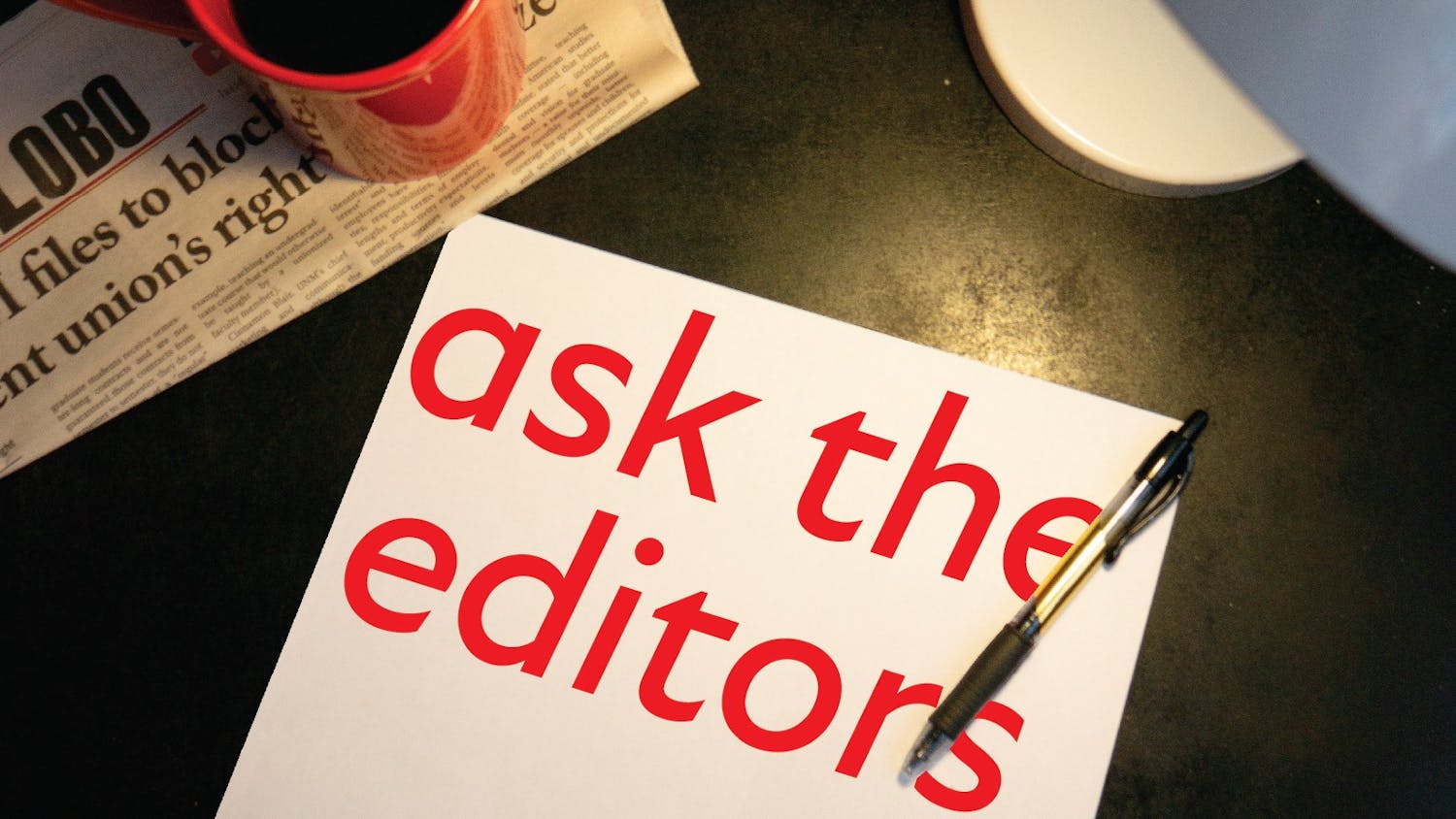“This is my scene,” said Caroline Que, Editorial Director for the News Desk at the New York Times. “I’m grateful to have found something pretty early in my adult life that is interesting to me and is different every day and keeps me engaged at a place where my skills and core values are easily applied.”
Que started her career as a journalist in her sophomore year of college, working as an editor at her college newspaper, the Davidsonian.
“The second week we published that semester was September 11, 2001, so I had a pretty quick entry to the power of the press, and the need to get information to people and the need that people had for information at that moment,” she said. “When I was starting out I always felt like that was the first moment, and it was kind of a done deal.”
After leaving her undergrad program at Davidson College, Que entered into a graduate program to study journalism, and during the completion of her graduate degree held three summer internships as a copy editor.
Finishing grad school, she interned for the Washington Post and after being hired directly out of the internship, she worked as an editor at the Post for about five years.
Que continued to hone her skills as an editor working at Yahoo, where she learned about digital media, then moved to a small business news startup, from which she moved to the Times about three and a half years ago.
“I got a little bit away from the newspaper side of things, the legacy media and the print constraints,” she said. “At that time the industry was still really figuring out how to handle the competing demands of print products and digital products and how they needed to organize and manage to handle those effectively.”
Having worked as an editor and experienced the promotional and business aspects of journalism, Que said it is important for young journalists to take advantage of the opportunities available to them.
“Sometimes I think it’s hard for students even to realize the opportunities that exist within journalism,” she said. “When you’re starting out, you sort of see reporting as the thing, it’s the thing that people’s names appear on, it’s the thing that gets you out interacting with the community the most, but there’s a lot of other work that happens to make journalism work.”
Careers have phases, Que said, and there is satisfaction in different roles.
“At this point in my career I’m working in a particular role that requires the things that reporters probably don’t need to worry too much about,” she said. “That said, careers have phases, and I hope to someday edit more stories. The Times is a big newsroom, so you don’t necessarily feel like you’re going to do the same job for the next 20 years. It’s also a place where you can move around and try working at different points in the process and with different groups of people.”
Any job in journalism is stressful, and there are times when working with and reporting the news every day takes its toll on a person, but working with people who are equally as excited and dedicated to the job makes it all worth it.
Get content from The Daily Lobo delivered to your inbox
“I work with incredibly dedicated, hardworking, smart, talented, funny and fantastic journalists every day,” Que said. “I am so grateful for the colleagues I have and for the sacrifices they make to make the report as good as it is.”
As the Editorial Director for the News Desk, Que manages a team spread across the globe, working 24 hours a day, seven days a week.
“I could be in the office for probably anywhere from nine to 13 or 14 hours (daily), and I certainly plug in from home on the weekends to stay on top of things,” she said. “It’s not the easiest job in the world, but it’s also not the hardest, but I think it can be very fun and it can be very exciting.”
In order to decompress, Que listens to eclectic music, reads “things that aren’t news,” spends time with family and friends and travels.
“I think when you need to take a break, every now and then take a break, feed yourself, just try to maintain some semblance of balance and also recognize that careers have different phases and some are busier than others and some require more hours than others,” she said. “Understand that things will change, so take advantage of the benefits of whatever situation you’re in and sort of recognize that the challenges will probably pass.”
When Que was just starting out, she read “Regarding the Pain of Others” by Susan Sontag, which she said was a very influential book for a budding journalist, and she tried to read it every year.
“I should probably go back and read it now,” she said.
Looking at the future of journalism, Que believes this is an incredible time for people to enter the field.
“The future of journalism is bright, the future is exciting, the barriers to publishing have dropped,” she said. “Anybody can start a daily news site any day for free and they don’t have to own a building, and they don’t have to own a (printing) press and they don’t have to be a certain age.”
With anxiety about the business side of journalism growing in the modern anti-media environment, Que believes that a premium product that people find vital to their lives will always be supported.
“I think it is a great time to be thinking about getting into journalism, and the opportunities are so much wider than they ever were: the types of content you can create, the appetite for new voices and new perspectives, the things we can do now with data and visualizations and just visuals period. I think that’s really thrilling.”
Celia Raney is the news editor for the Daily Lobo. She can be contacted at news@dailylobo.com or on Twitter @Celia_Raney.






